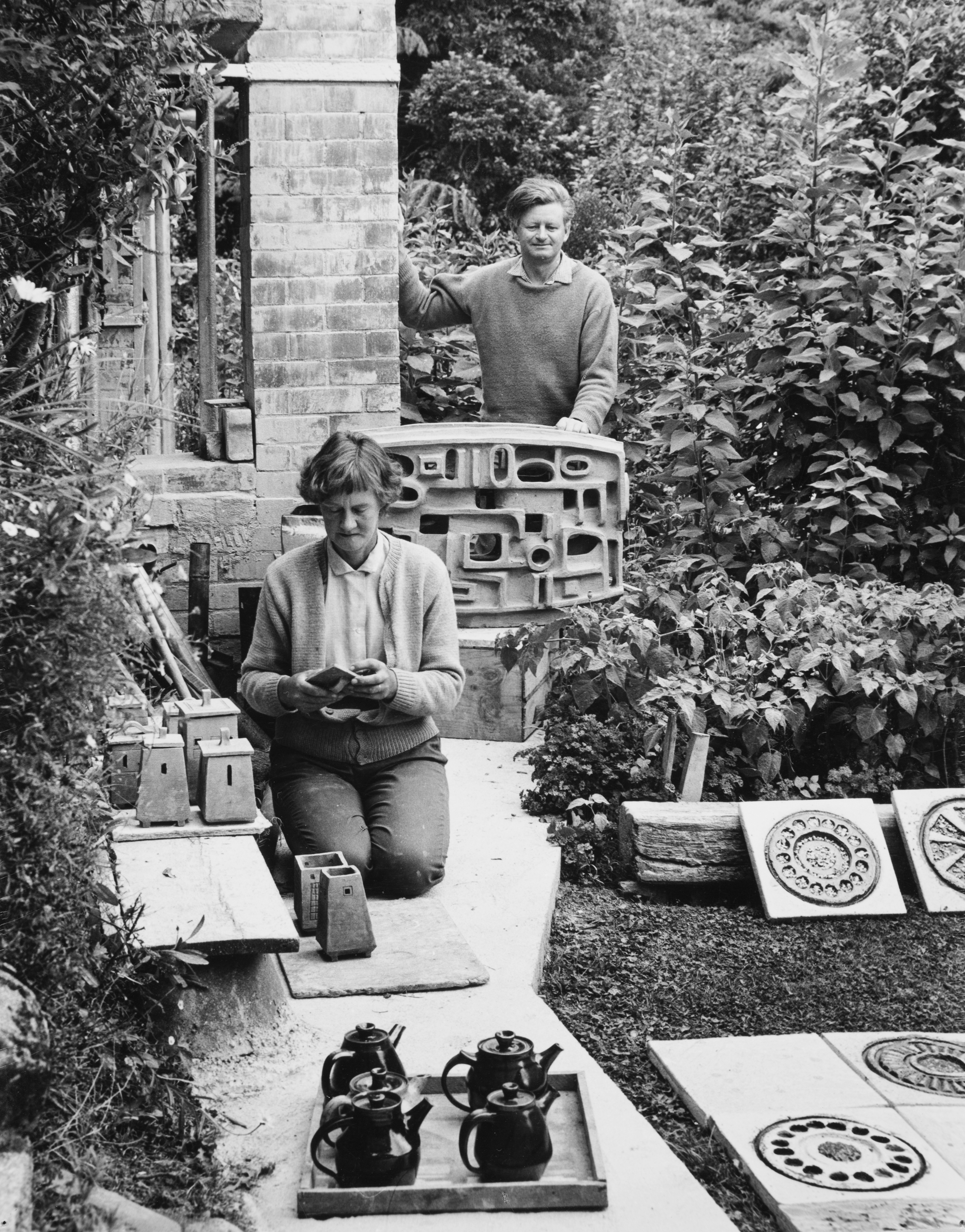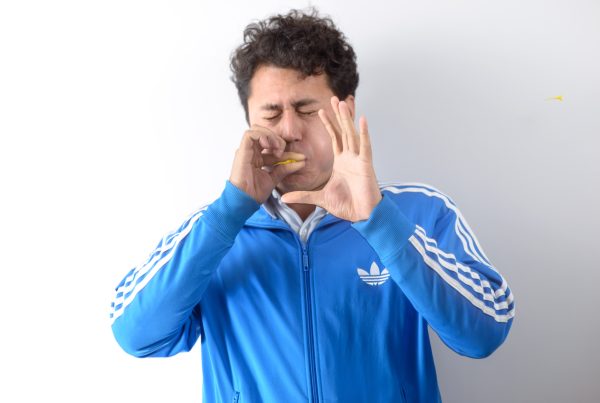
So that’s what happened. In 2002, just before I left the gallery, I curated an exhibition of Juliet’s paintings and prints in the Hirschfeld Gallery. Juliet was still alive then and I was able to consult her on the whereabouts of many works — especially a bunch of fantastic watercolours done during the war while she was a land girl in Canterbury. My favourite was a painting of her cousin, Anne Ensor, spinning. In the painting Anne wears trousers and smokes, and it’s stayed in my mind as a forward-looking image — one that speaks of a time in which women could be themselves. And for a short window in the 1940s that was possible.
After the war Juliet married Roy Cowan, and together they produced prints, pottery and paintings from their house in Ngaio. They had a kiln in the back yard and a printing press in the basement. In the 1970s they were the nucleus of a close-knit arts community. And then they disappeared.
I knew Juliet’s work from the School Journal — her prints and illustrations were often featured there — but little else. While working on the exhibition, I visited her in Ngaio and met the cats, and I saw the huge output of work that filled the house. I was attracted and repelled in equal measure by the ceramics. As a child of the 1970s, I have been overexposed to brown earthenware, but I loved the surprise of her horses — frivolous and decorative amongst the utilitarian dinnerware and weird containers.
A Modest Modernism (at the Dowse until 2 November) features Juliet and Roy’s work from the Dowse’s collection. Their relationship sings across all of it with call and response — the Ngaio bush and the animals and the people appearing and reappearing.
Roy’s paintings have come to light in the last few years, and with their inclusion it’s possible to see his interests more clearly. The paintings have a darker tone than anything else he produced, but his illustrative approach is most interesting when applied to the large-scale vases.
And like the title says, it’s a modest modernism. Less concerned with formalism, it’s modernism applied across a range of media and local content, about two artists making their life together in art.
[info]
October Art
Selflok, a new installation work by Sydney-based Egyptian artist Hany Armanious, has been described as “Middle Earth on drugs”. This whimsical work combines diorama with the aesthetic of the studio or the garden shed. However, look more closely at those things on the shelves and you’ll spot gnomes and their little gnome homes amongst the abstract blobs and tin cans. It’s provisional and playful, and full of the chaos and joy of making shit. And it’s on at City Gallery Wellington until 30 November.[/info]




